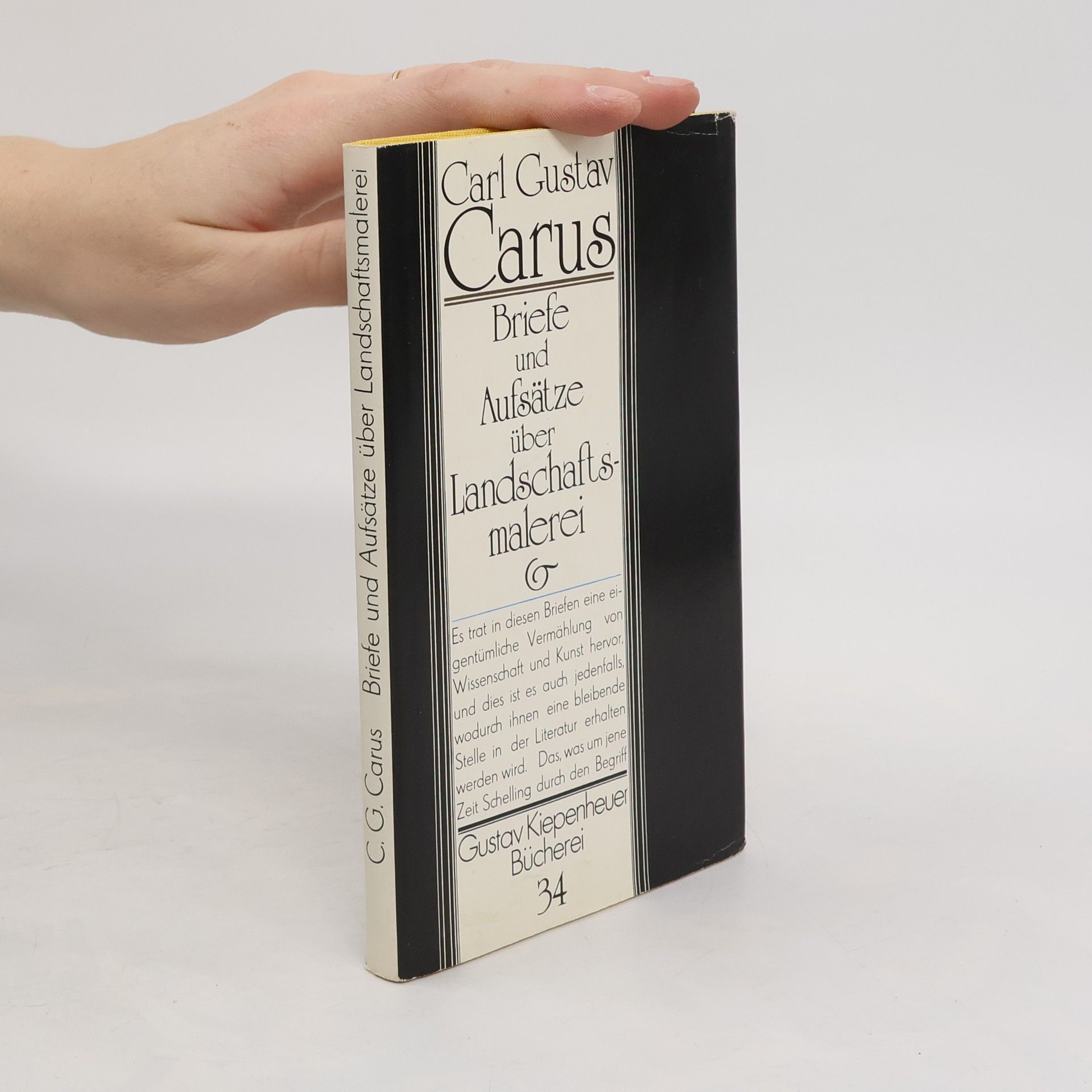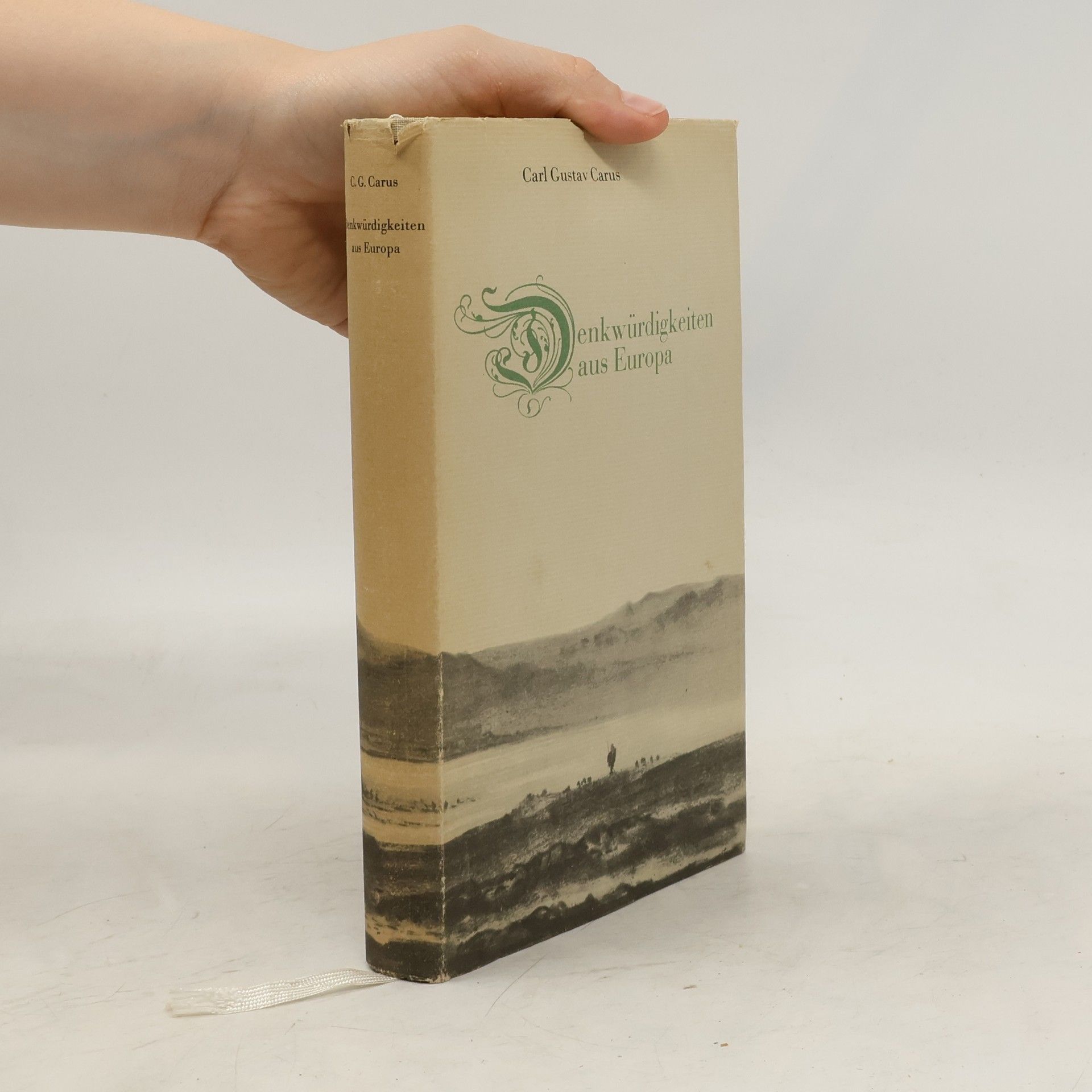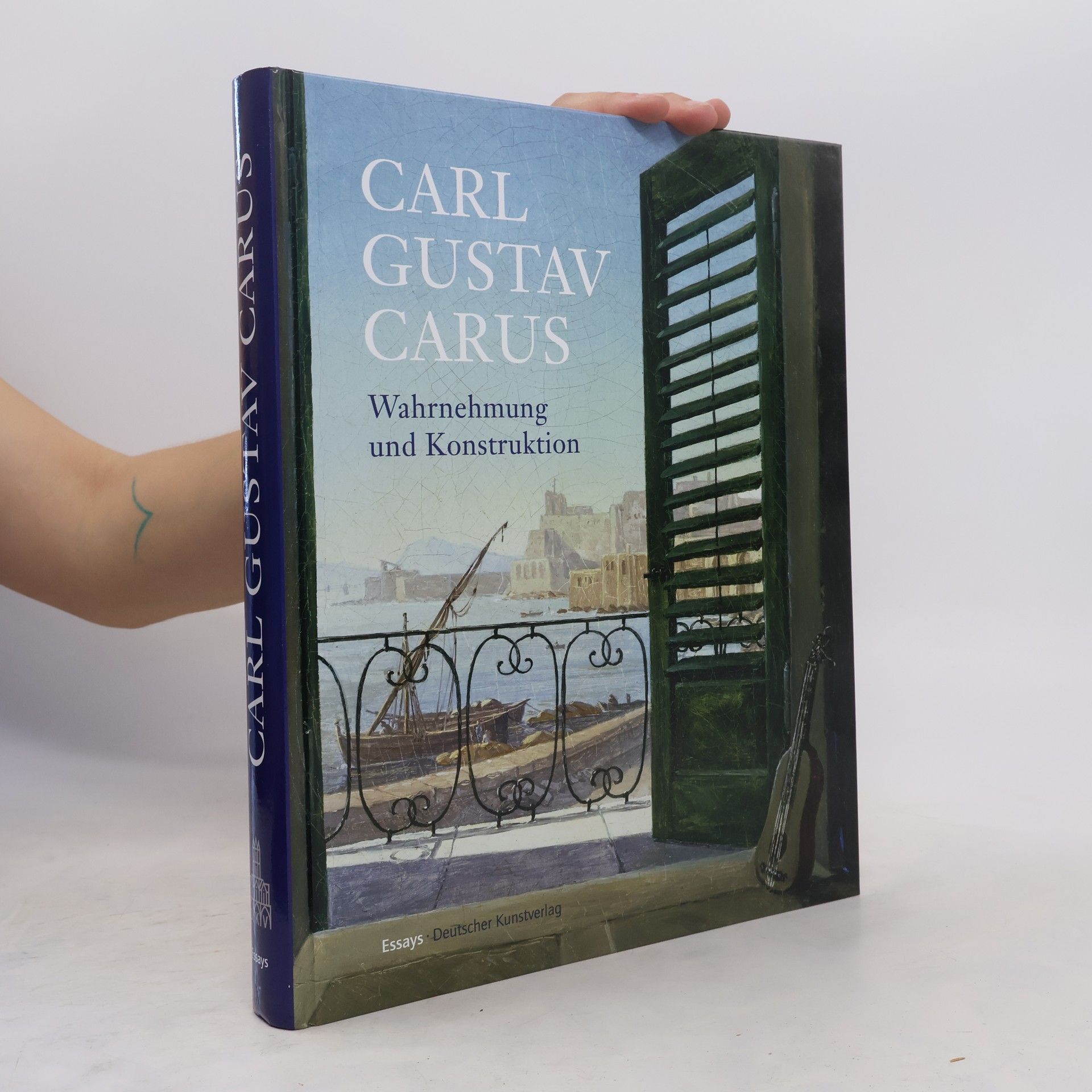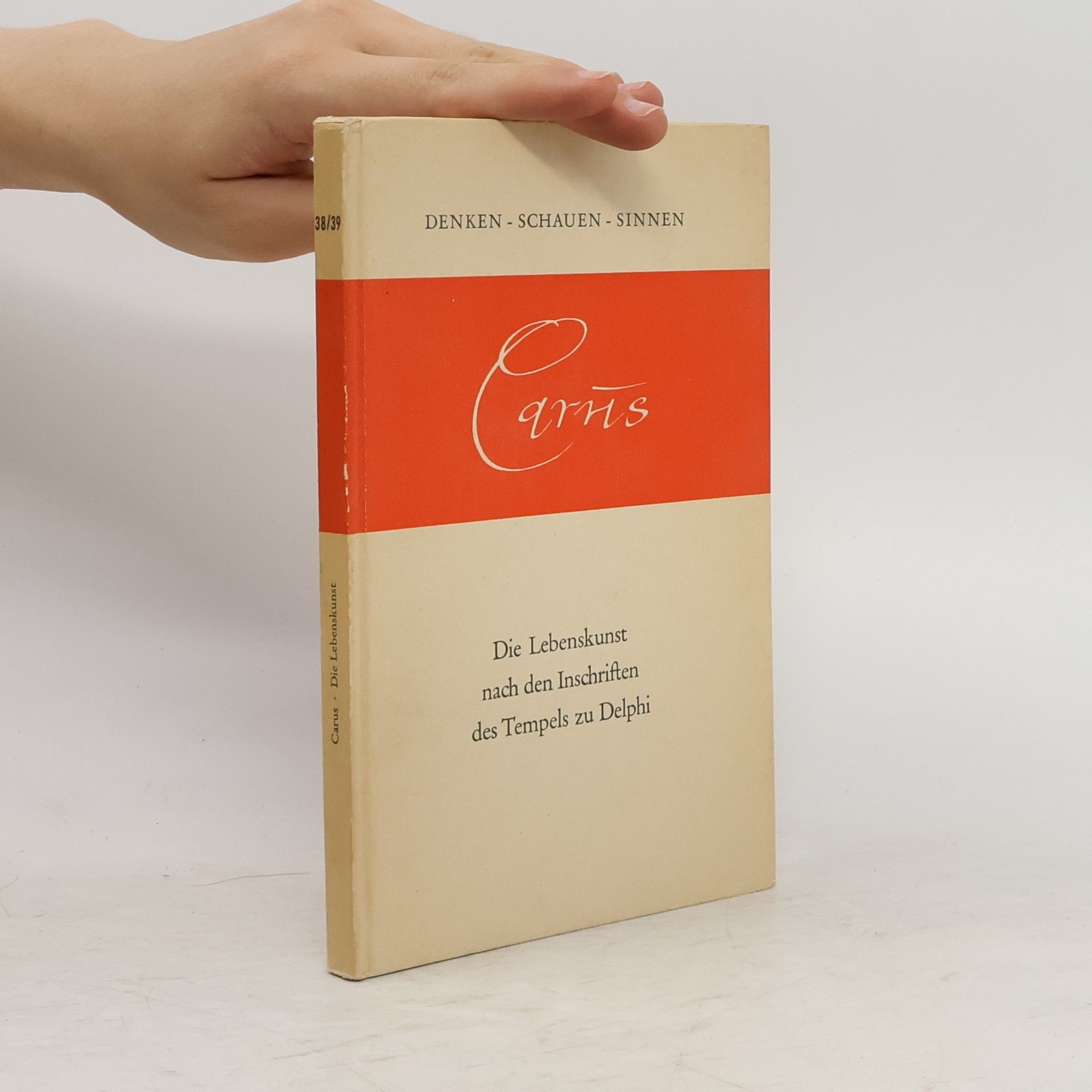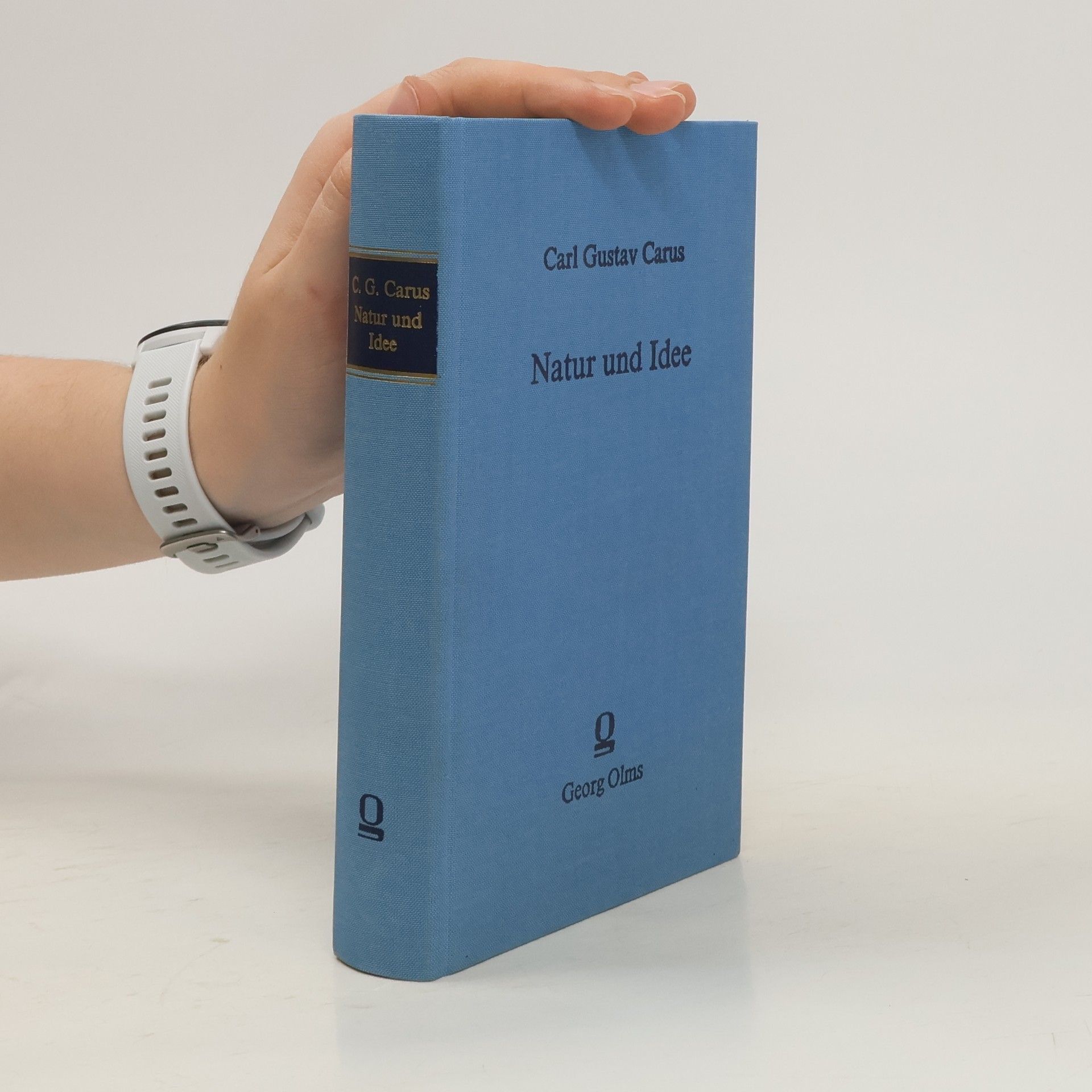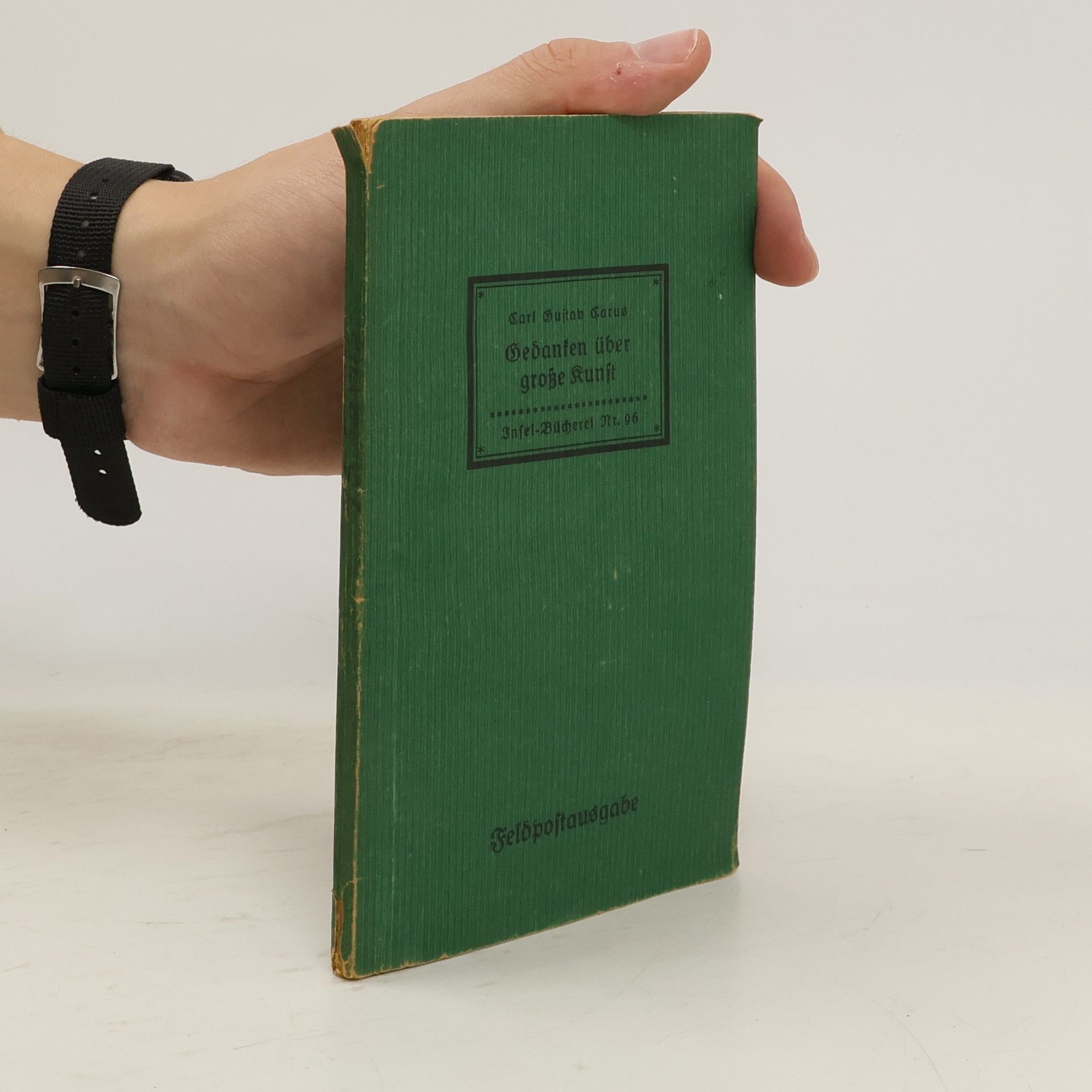Wahrnehmung und Konstruktion
- 356 pages
- 13 hours of reading
Einzelne Aspekte aus Carl Gustav Carus’ Werk und Wirken sind Gegenstand für eine fachübergreifende Betrachtung dieses Essaybandes. Vor dem Hintergrund romantischer Wissenschaftsauffassung, der Carus Zeit seines Lebens verhaftet blieb, untersuchen ausgewiesene Fachleute seine Arbeiten zu medizinischen, kunsttheoretischen, anthropologischen, aber auch psychologischen Themen. Carus pflegte intensive Briefwechsel mit bedeutenden Zeitgenossen, war als Arzt für viele Jahre am sächsischen Hof tätig und seine zahlreichen Schriften wurden auch aufgrund seiner herausragenden gesellschaftlichen Stellung bereits zu seinen Lebzeiten rezipiert. Ergänzt wird die Präsentation und Interpretation seines umfangreichen künstlerischen Werkes schließlich durch die Ergebnisse technischer Untersuchungen der Dresdener und Berliner Gemälde.
